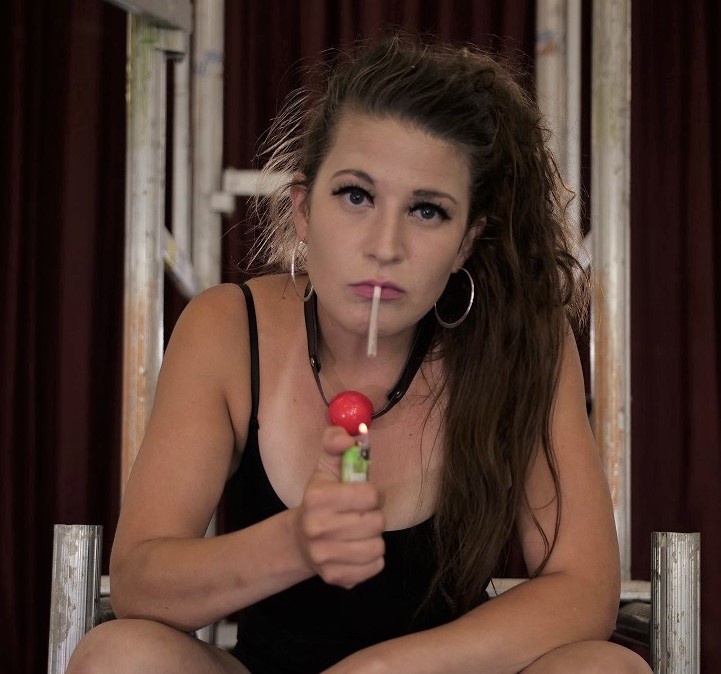
Chloe Mantripp
“I like that human nature is base and dirty and I think that my work reflects that…”
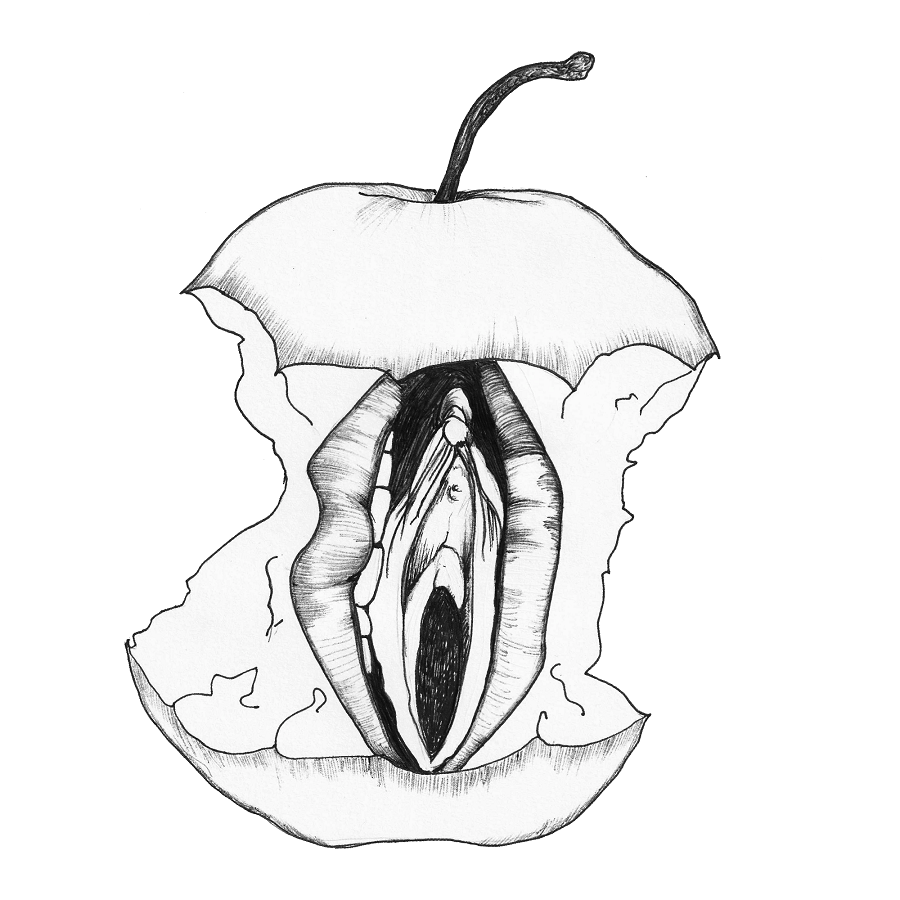
A Word From the Editors
"'There’s this world,’ she banged the wall graphically, ‘and there’s this world,’ she thumped her chest. ‘If you want to make sense of either, you have to take notice of both'."
"Everyone who tells a story tells it differently, just to remind us that everybody sees it differently."
We started this project with the motivation to listen to artists talk about art. In the middle of a pandemic, understandably the dominant conversation becomes centered around survival and rescue plans. The fear of being left behind is very real, particularly in an industry that struggles so much with its identity. There is the urge to all jump into the same lifeboat if we can. Not so much in resistance to this desire, but rather in the hope that creative dialogue and difference will be an important part of any future resolution, we wanted to hold space for artistic practice amid the emergency.
The aim of this project is to explore and celebrate the diversity of expressions circus emerges as in the UK. To be from circus, rather than explicitly about circus. To pull together different practices, experiences, journeys, influence and inspiration and to build an impression of the diverse lenses these makers hold to our industry and wider society. We acknowledge completely that this publication is not representative of the sector as a whole. Rather we sought out those who defy circus as it is currently thought of in some way, in order to imagine it otherwise.
We asked all of the artists and makers the same questions and among the myriad of topics that emerged, we heard thanks for the work and influence of fellow artists (Chloe Mantripp, Daisy Drury, Mish Weaver), resistance to genre and categorisation (Milton Lopes, Carolina Ortega) and challenges for our community (Vicki Amedume, Stav Meishar, Kate Kavanagh). We explored embodied research practices (Ziggy Slingsby, Maisy Taylor) and celebrated mess, catharsis, failure and process (Ben Duke, Symoné, Marisa Carnesky).
This project has been a way for us to connect with our sector in a time of disconnection, to converse and collaborate with artists, producers and directors, many of whom we had never met before. We hope that you can also discover something here. This was a huge endeavour for just the two of us, even with boundless amounts of time we had on our hands. What you see here is the first issue of two, with the second following in the next few months. At the point of publishing, the pandemic is far from over but the moment of pause in which this work was created has subtly shifted into a waiting room that on the surface looks a bit more like normal life. We hope that this work can be a reminder of some of the people who are out there fighting to continue and that their thoughts here contribute to the picture of circus as we imagine it in the future.
We would like to thank all of the interviewed and commissioned artists who have so generously contributed their time, reflection and honesty to this publication. We are extremely grateful to Arts Council England and National Lottery players for supporting our organisation during the COVID19 pandemic and for giving us the opportunity to create Circus is Not the Only Fruit. Many thanks to Francesca Peschier for her excellent guidance throughout the process – a pleasure as always! Thank you to our mentors for their coaching, support and conversation: Adrian Berry (Jacksons Lane), Lina B.Frank (Cirkus Syd) and Mel Scaffold and the team at Theatre Bristol. Thanks to our proofreader Helen Day, Kate Kavanagh for her advice on commissioning and access, and the Invisible Circus for getting us out of the rain. Last but not least, we are grateful to all of the photographers and visual artists who have granted us permission to use their work. It has been a privilege to work with you all.
Laura Murphy & Nicole A’Court Stuart
Interviews

“I like that human nature is base and dirty and I think that my work reflects that…”
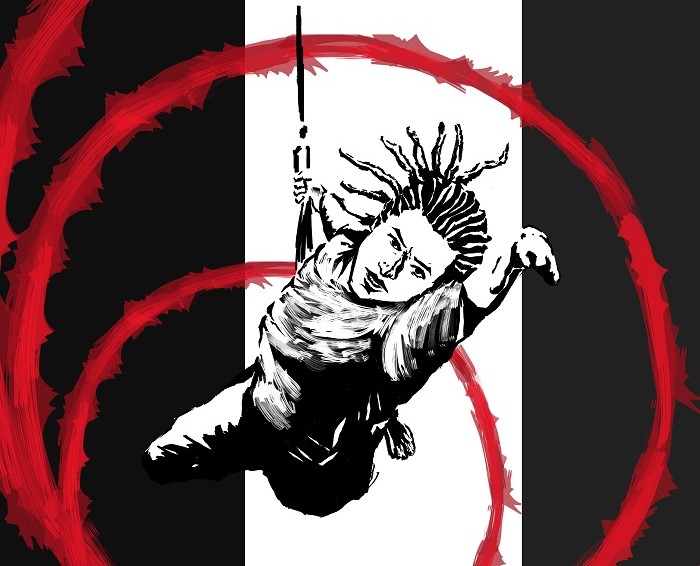
“I really don’t like the way that people see disabled performers as inspirational or ‘brave’, regardless of what we do on stage”
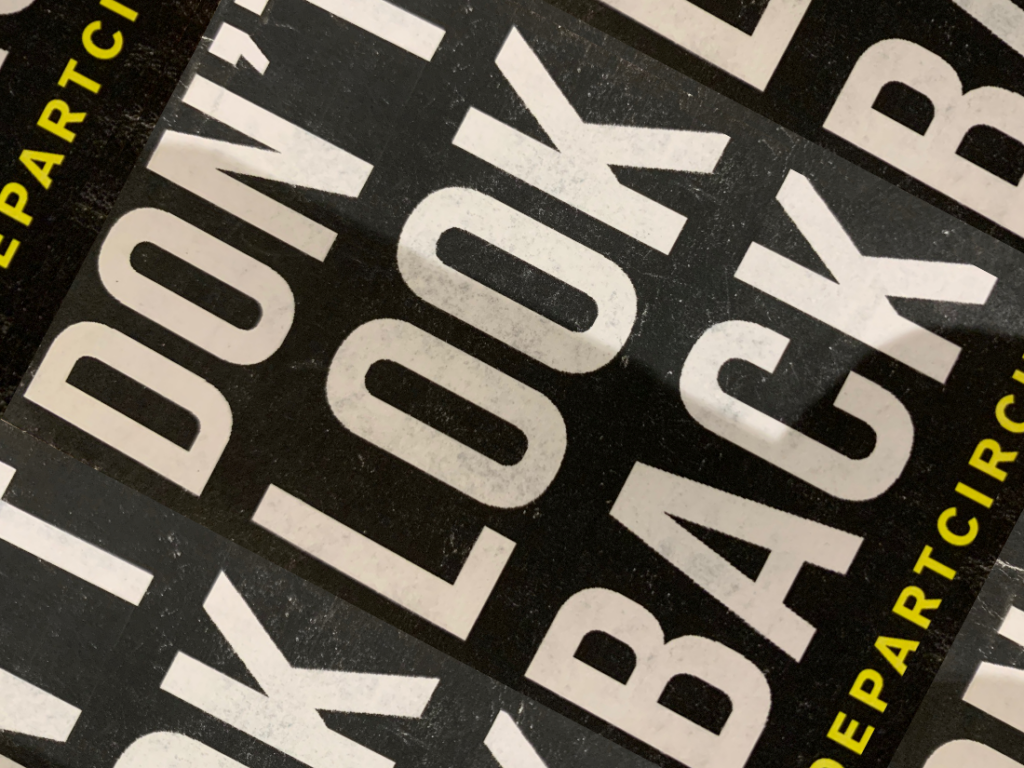
“I think circus is wonderful but what I like about it is that there are still enormous questions…”
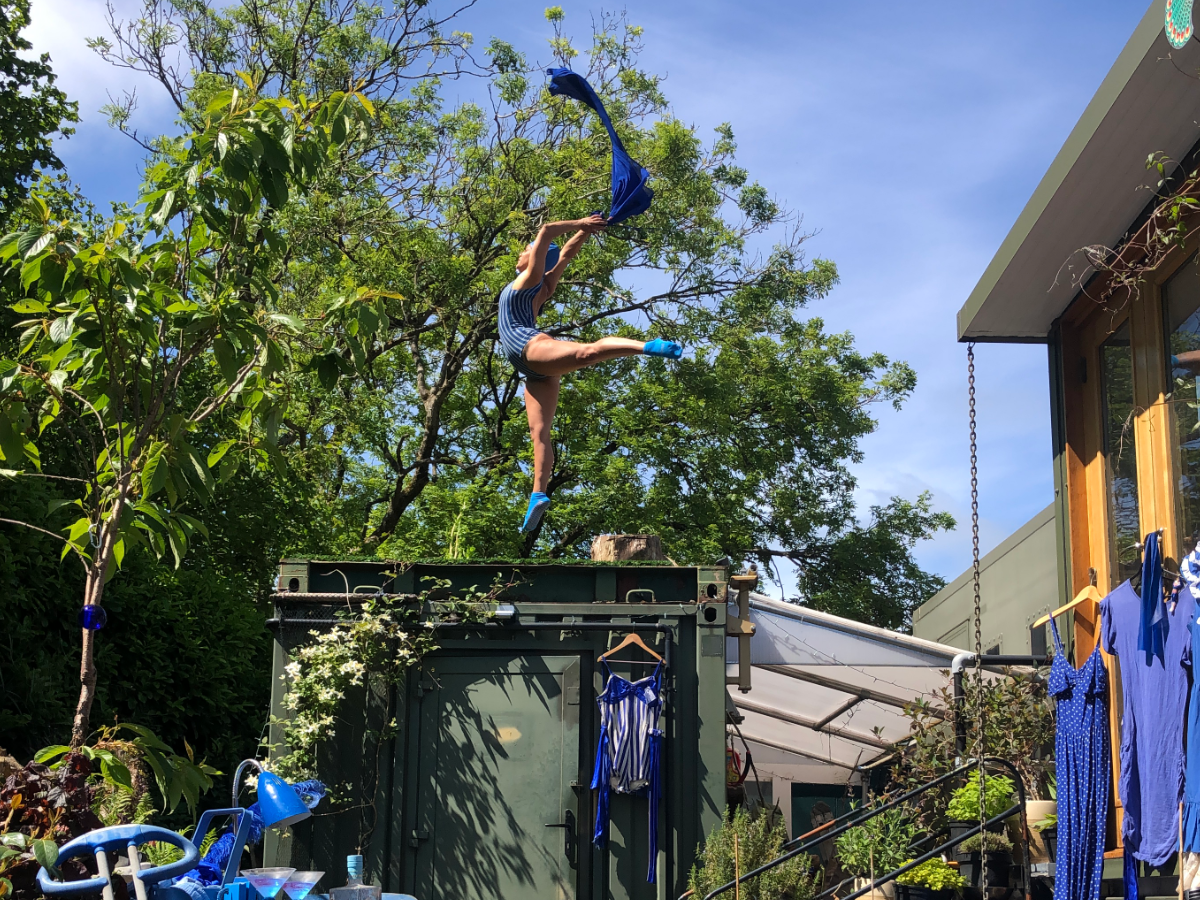
Photo credit: Safia Almaghrabi
Commissions
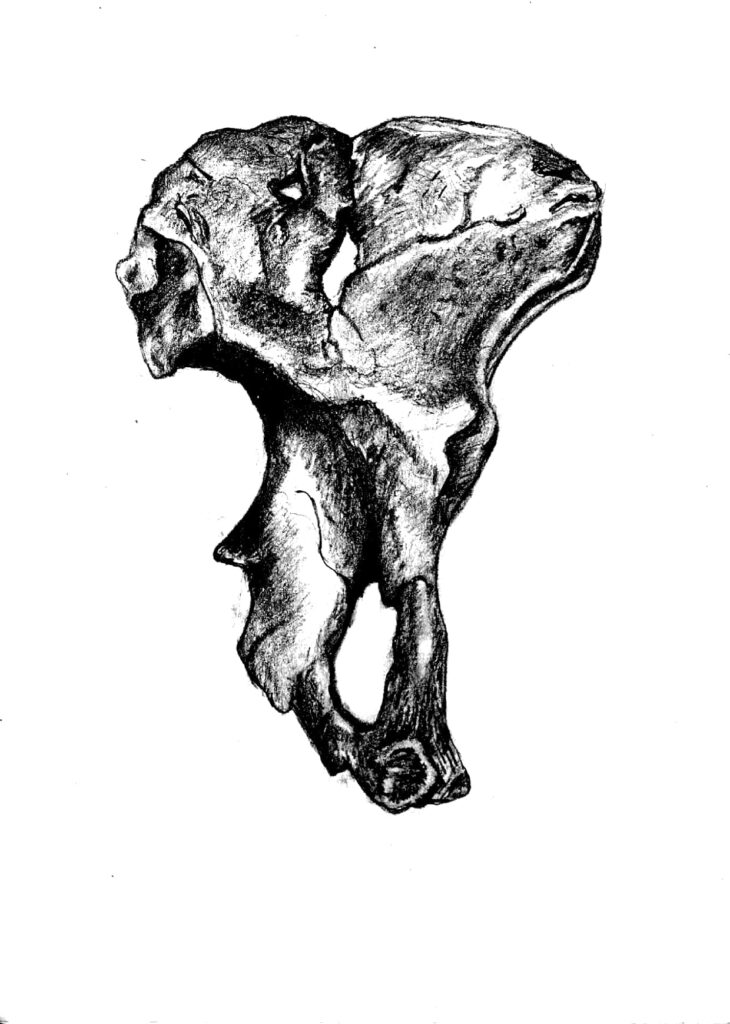
Lucy is a skeleton, female, 3.2 million years old and belongs to a species known as Australopithecus Afarensis. She was discovered in Ethiopia, 1974 and the study of her bones has advanced understanding of human evolution.
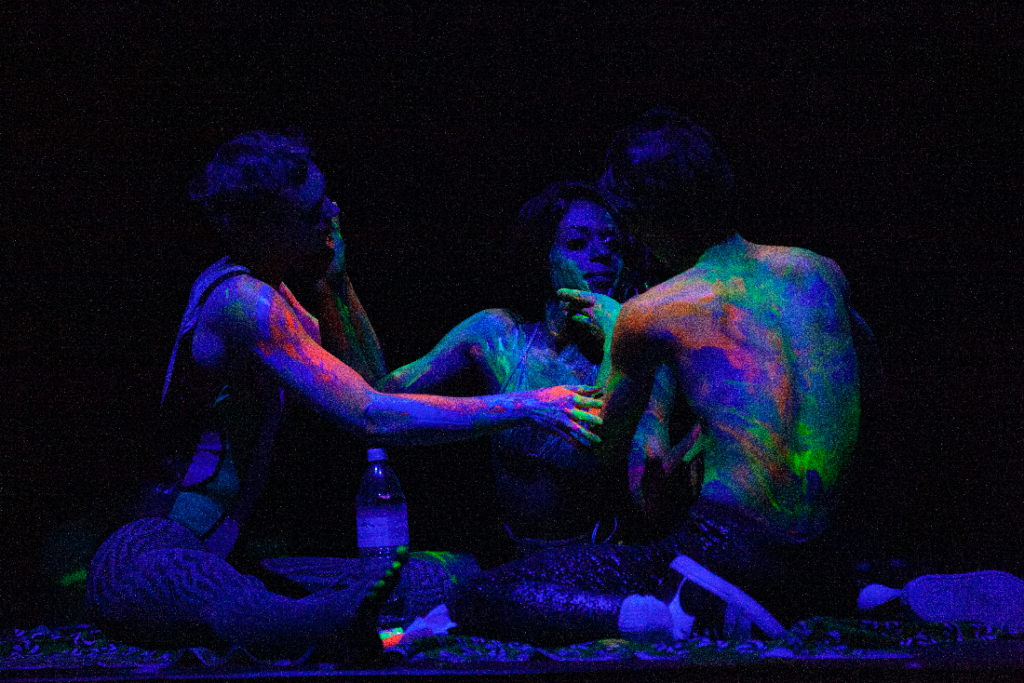
I sit near a 20ft bonfire, neon lights are slowly breathing in the distance and the faded sound of liquid drum and bass vibrates through the air.
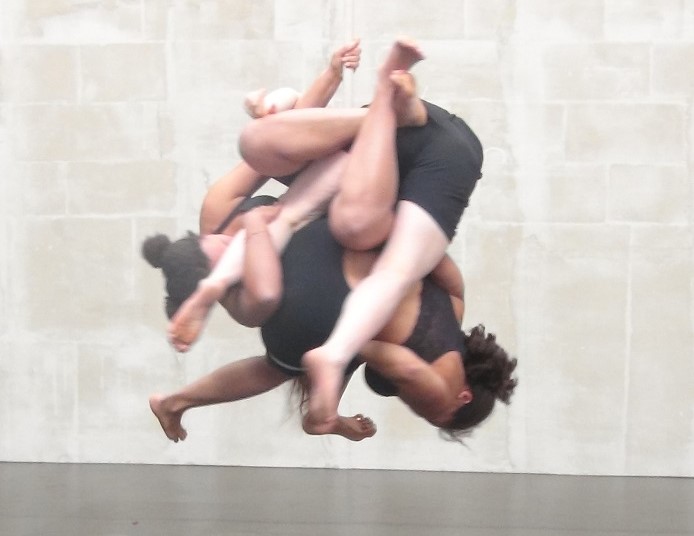
Greetings, allow me to introduce myself. I am the artistic director of Collectif and then… We make contemporary performances and installations together which draw on our various circus practices.
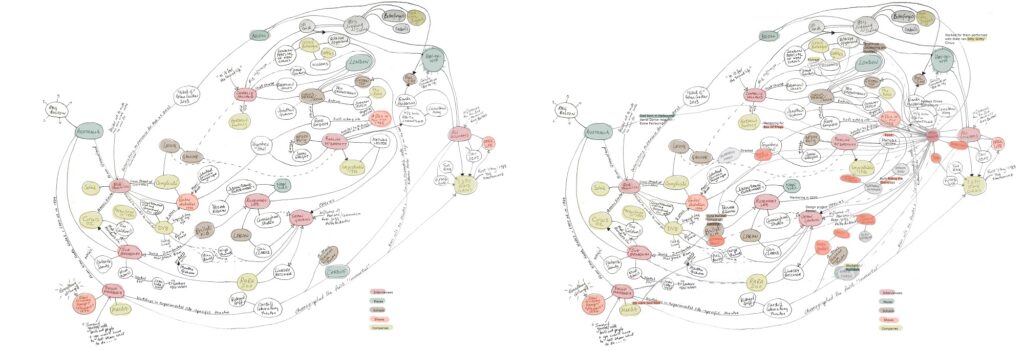
Streams of Influence involves slowing everything down. Having interviewed practitioners of her generation about their creative journeys, Mish slowed it down by drawing mind maps of the conversations and reflecting on what influenced them at different stages, looking at differences and similarities.
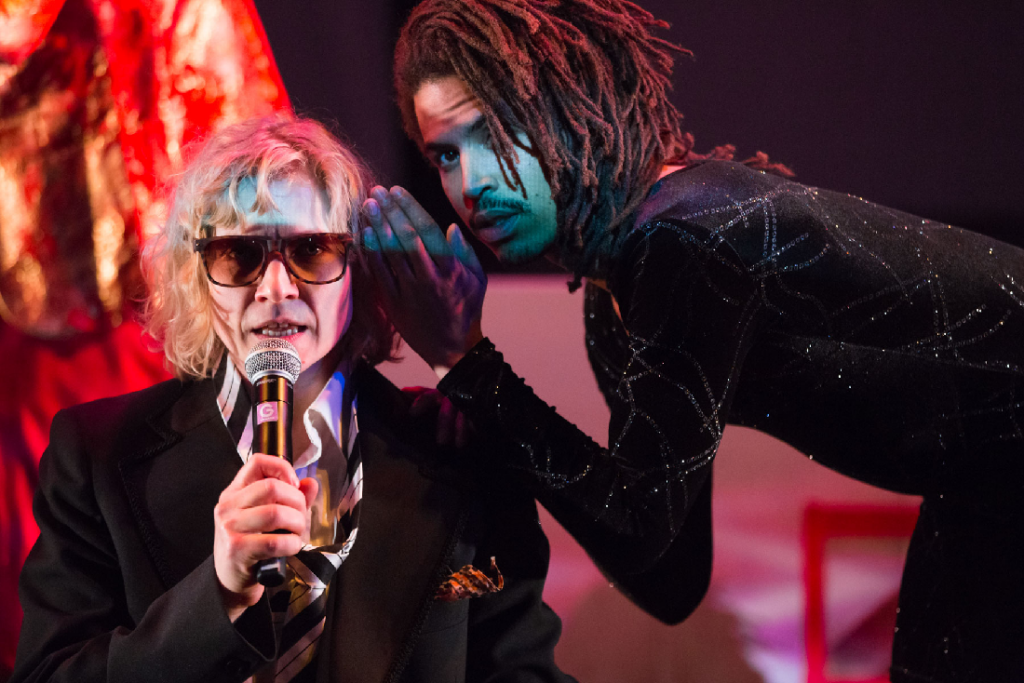
I once received an email from the Artistic Director of a circus venue, offering a ‘residency’ so that we, myself and my company, could – with his help – ‘fix’ our show and make it more ‘circusy’.
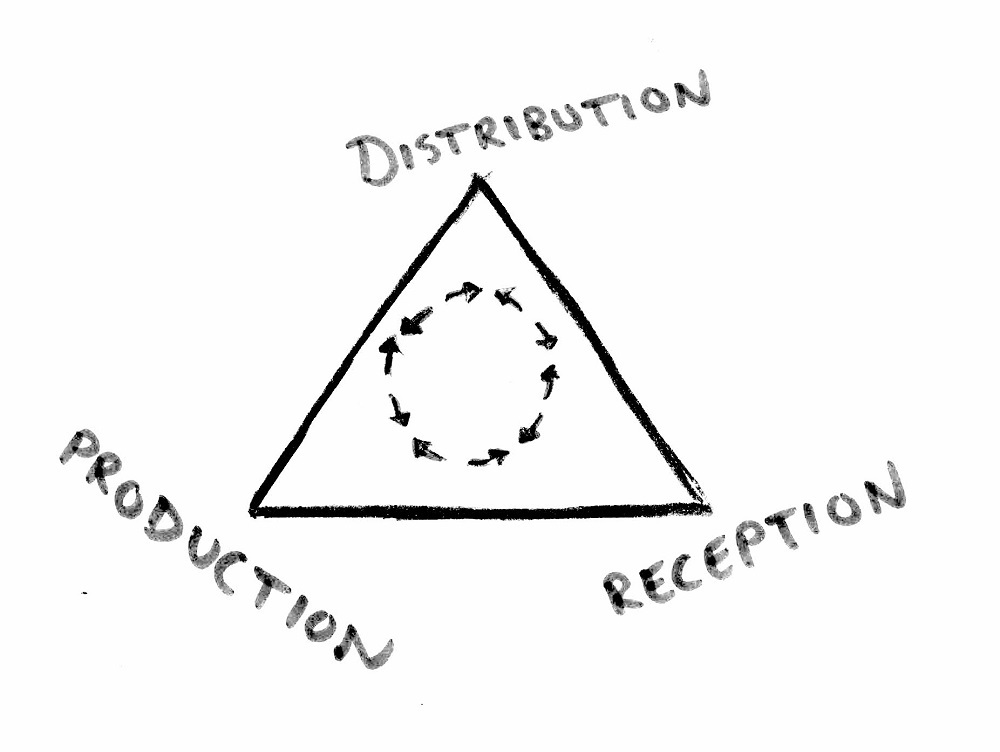
The language we use isn’t purely formal. It constitutes our perspective of the world. It influences the way we think (Sinha, 2017). Consider the difference between ‘The Circus’ and ‘Circus’.
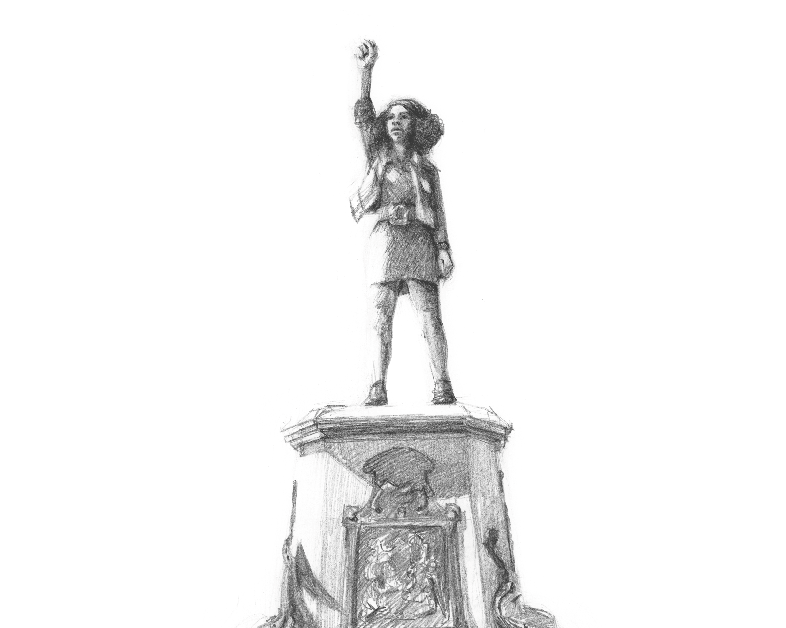
As a circus-theatre artist whose work is based on historical figures, I think celebrating lineage is important.
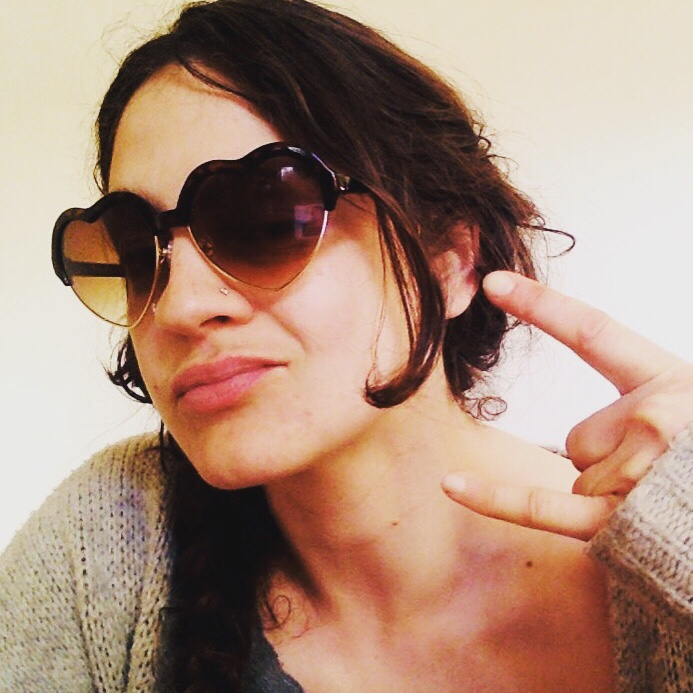
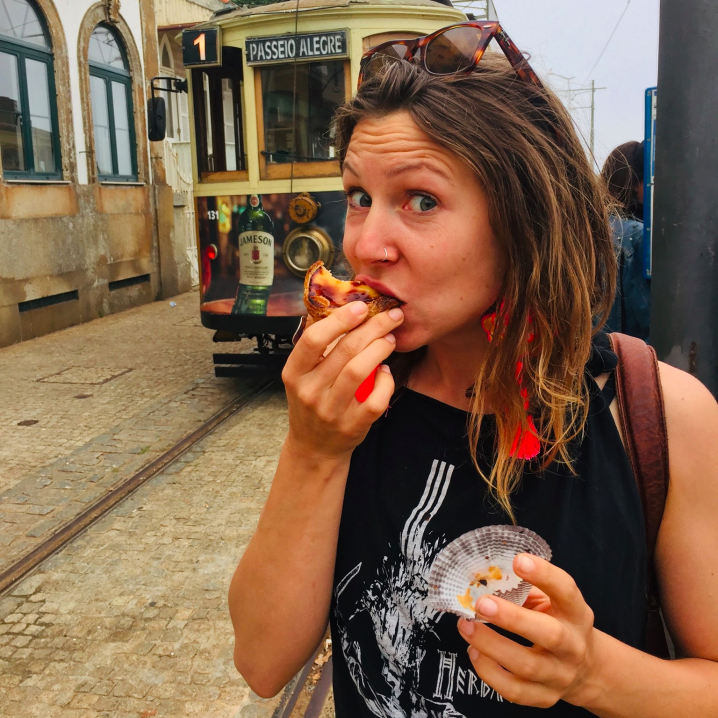
We are a queer, female led company (Nicole A’Court Stuart & Laura Murphy) committed to making, touring & supporting the development of politically engaged, interdisciplinary, & boundary pushing work in Circus.
We are passionate about contributing to critical discourse around circus practice, making performance, and producing in the UK and mainland Europe. We produce public and industry presentations, speak about our research, and teach creative workshops. We are working to develop both organisational partnerships and new models for achieving positive social change through our work.
To receive updates on the magazine and future publications, including the next issue, join our mailing list.
Logo design by Lexi Pryer
Necessary cookies are absolutely essential for the website to function properly. This category only includes cookies that ensures basic functionalities and security features of the website. These cookies do not store any personal information.
Any cookies that may not be particularly necessary for the website to function and is used specifically to collect user personal data via analytics, ads, other embedded contents are termed as non-necessary cookies. It is mandatory to procure user consent prior to running these cookies on your website.